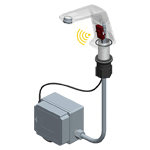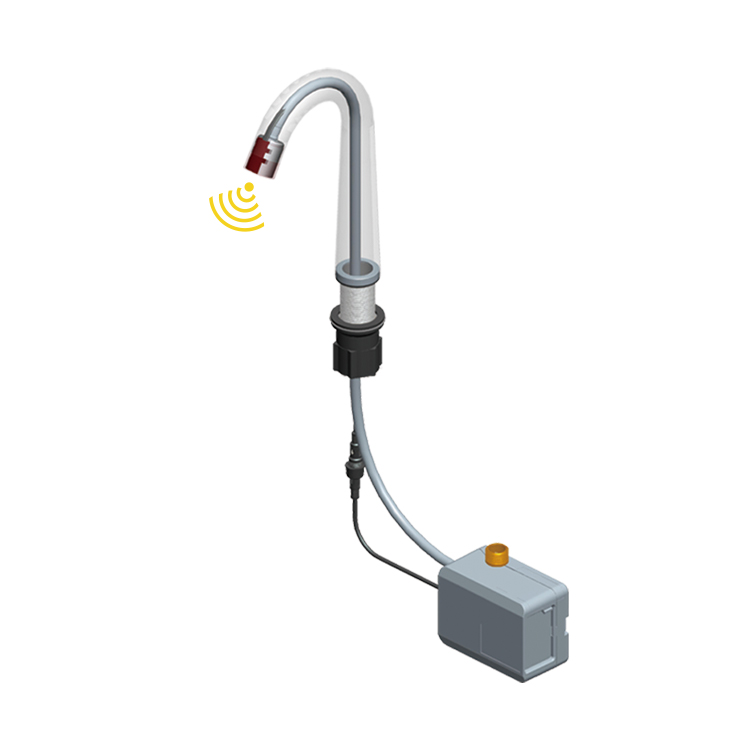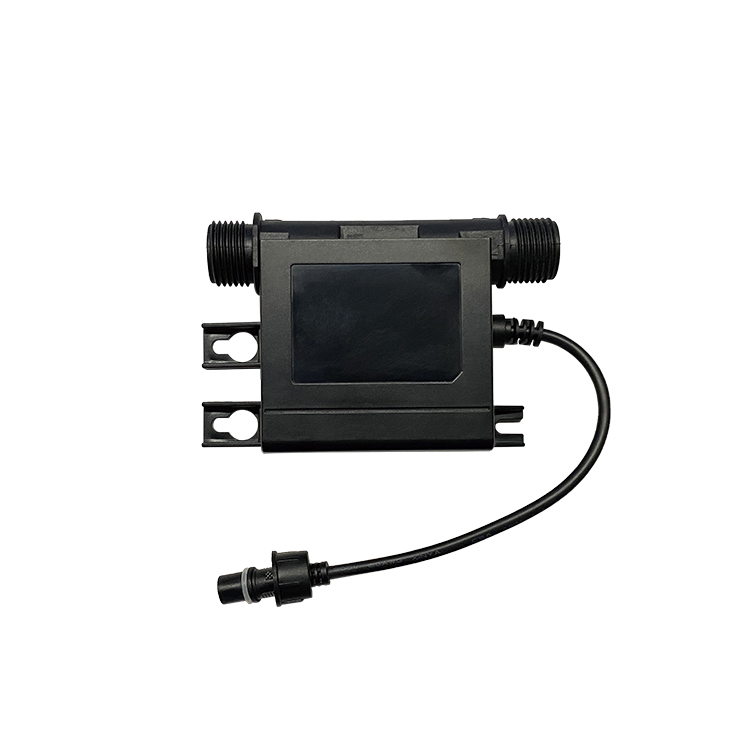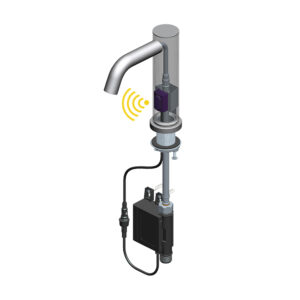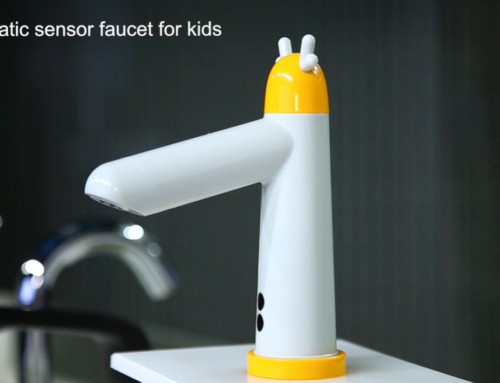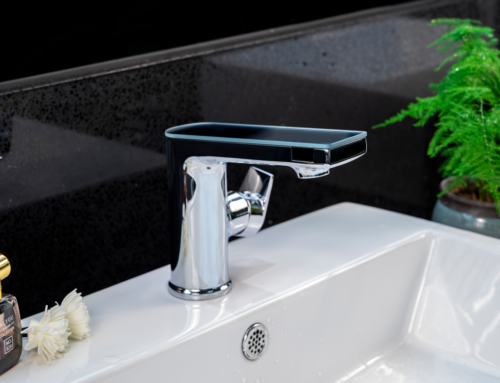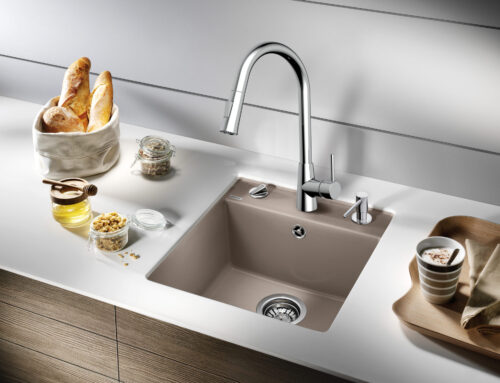Automatic sensor faucets provide a hands-free activation and reduce water consumption by people who tend to leave the faucet running needlessly. In addition, automatic water control is a better option than touching faucets with dirt-and-germ-laden hands.
However, these faucets are also susceptible to problems that don’t occur with regular faucets. Below are four common sensor faucet issues.
4 Reasons a Sensor Faucet Fails (and How to Fix It)
- No Flashing Light or Water Coming Out (Possible Battery Malfunction)
If the sensor LED light does not flash and no water coming out of the faucet, it is possible that the batteries were not installed properly or no battery power. Remove the battery box cover and check the batteries to see if they were inserted in the correct direction and ensure they are well inserted and are touching the battery box contacts. Then, check the battery box is connected well.
- Light Flashing but No Water Flow (Batteries May Need Replacing)
If the sensor LED flashes but no water coming from the faucet, the batteries may need replacing. The light will flash fast to indicate that the batteries power is low, so check the battery box connection and replacing batteries might solve the problem.
- Small Water Flow (Check Water Supply, Aerator, and Filter)
If the faucet has a small water flow, the water supply valve may not be fully open. If so, merely adjust the valve. It is also possible that the aerator is clogged. Remove and clean it will restore normal water flow. The solenoid filter may also be clogged and need cleaning. However, if removing and cleaning the solenoid valve filter does not solve the problem, you may need a replacement solenoid kit.
- Leaking Faucet (Check the Obstructions)
If water drips continuously from the faucet when the activation cycle is over, there may be dirt or some other valve obstruction. Check and cleaning valve filter.
If you are still not sure about the problem, try to contact the supplier for help or contact us!

